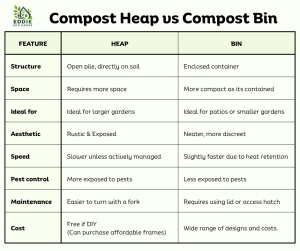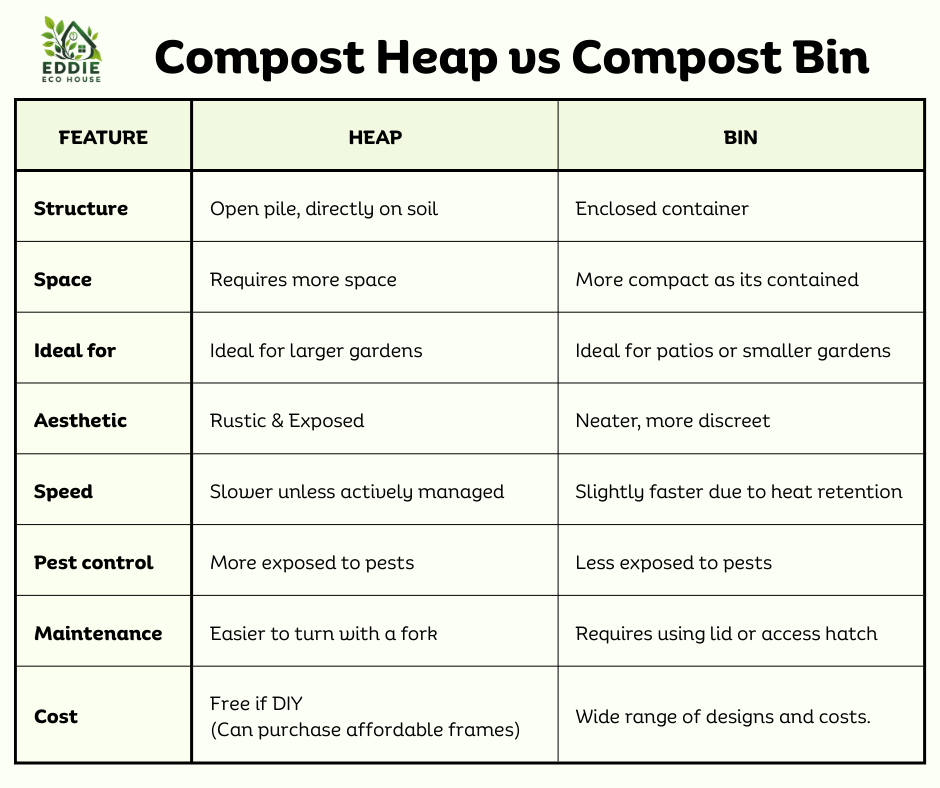
L.J.
Environmental Advocate
Contents
🌱 A Beginner’s Guide to Composting Options
Composting isn’t one-size-fits-all. From traditional heaps to compact indoor bins, each system has its own method, pace, and perks. Whether you’re working with a garden, balcony, or kitchen corner, this guide will help you explore the most popular composting options and choose the one that best fits your space, lifestyle, and sustainability goals
What is Composting?
Composting is the process of recycling food and garden waste into something useful, rather than adding it to household waste bins.
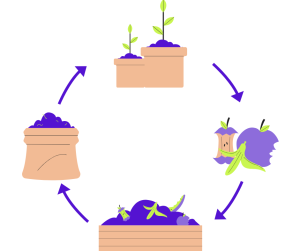

Why Should We Compost?
Composting isn’t just good for the planet—it’s good for your garden, your wallet, and your wellbeing. Here are four top reasons to get started:
♻️ Reduces Waste
Food scraps and garden waste are kept out of landfill, where they would otherwise rot and release methane—a potent greenhouse gas.
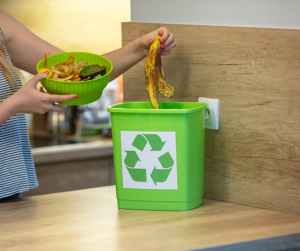
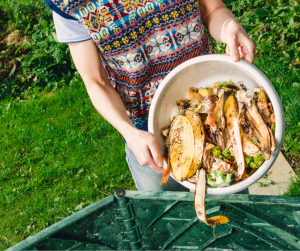
🧪 Free Fertiliser!
Compost adds nutrients and organic materials back into the soils – saving you money on expensive commercial plant feeds and fertilisers.
🌱 Improved Soil Health
Compost improves water retention, supports beneficial microbes, and helps plants thrive—naturally.
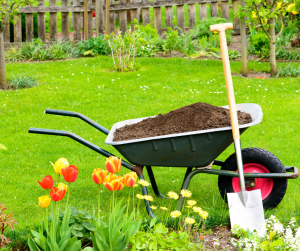
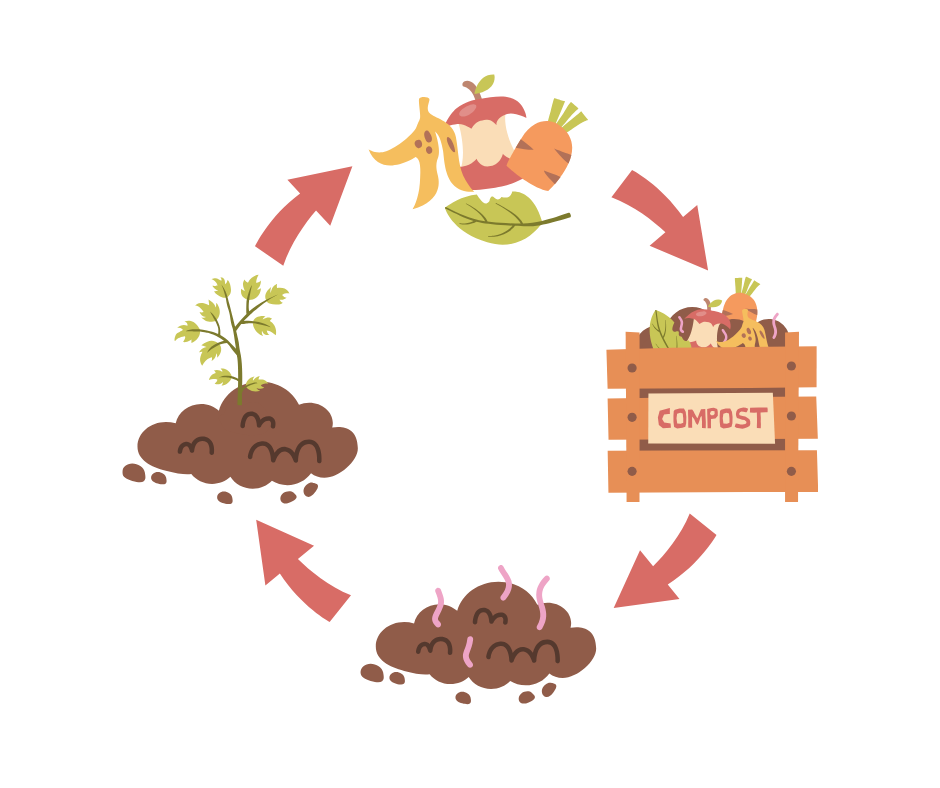
🌍💚 It’s Environmentally Friendly!
You’re turning waste into a valuable resource and returning nutrients to the earth. It’s a win-win for you and the planet.
And let’s be honest—composting is incredibly satisfying. Watching waste transform into something useful feels like a small act of magic.
🧪 Choosing the Right Composting System
There’s no one-size-fits-all when it comes to composting. From traditional heaps to compact indoor bins, each system has its own method, pace, and perks. The table below will help you compare the most popular options and find the one that best suits your household, lifestyle, and available space.
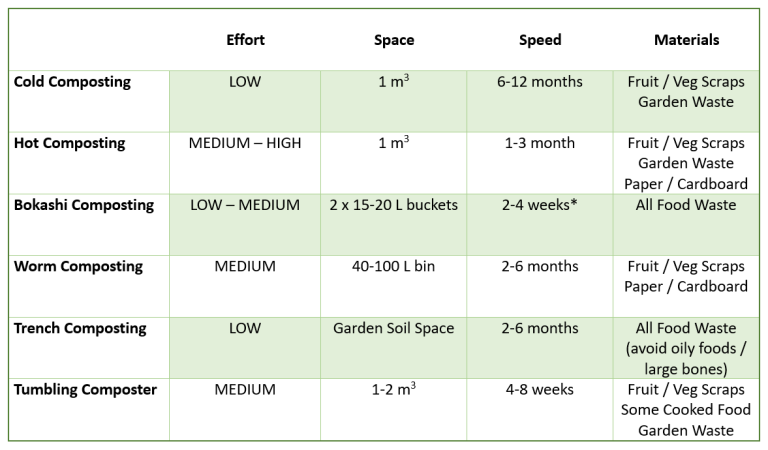
Working out which is the right system for you will depend on:
Effort: Want to have a low maintenance set up, or do you prefer a hands-on approach?
Space: From a small bin in the kitchen, to a much larger system.
Speed: Slow (6 months to a year) or faster (1-2 months).
Materials: All will take your fruit and veg scraps but some can handle any food waste.
📋 Composter Options
Here, we will explore the main features of the following composting system:
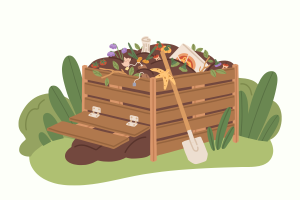
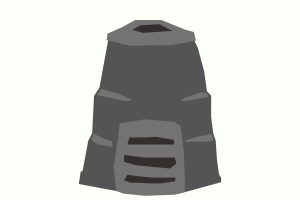
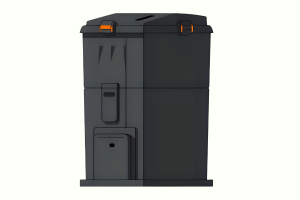
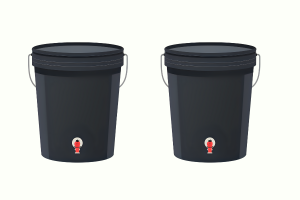
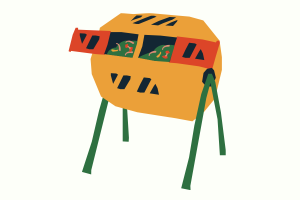

🪵 Compost Heap vs 🗑️ Compost Bin
If you’re keen to start composting the traditional way, compost heaps and bins are both brilliant options. Each has its own strengths depending on your space, lifestyle, and composting needs.
The table below highlights the key differences between heaps and bins to help you choose the setup that best suits your composting goals.
Compost Heaps/Piles
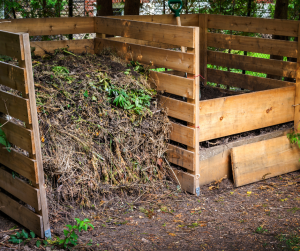
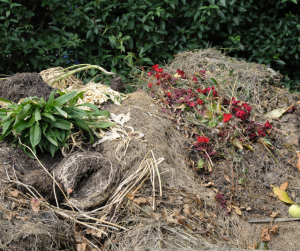
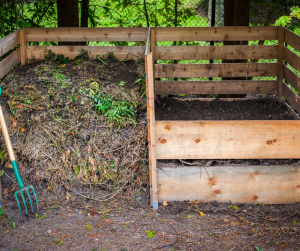
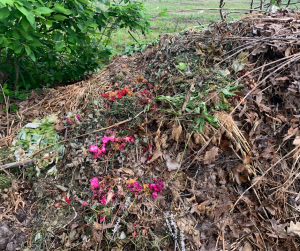
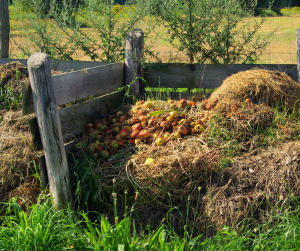
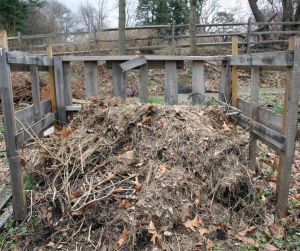
Compost Bins
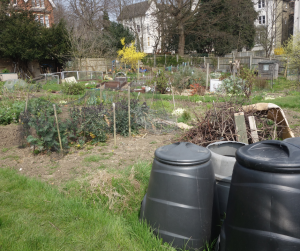
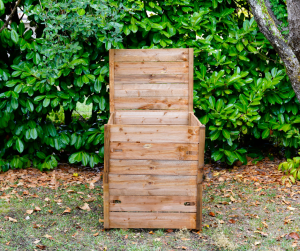
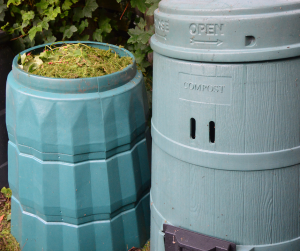
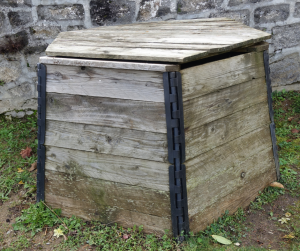
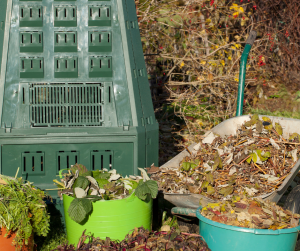
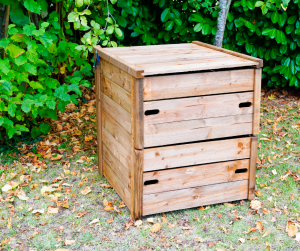
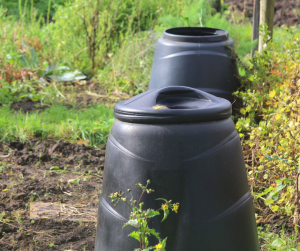
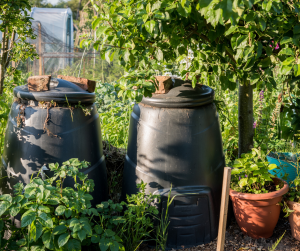
🌿🪵 Composting in Heaps or Bins
The minimum space required is about 1 m2 – compost bins are generally around 300 – 600 litres, compost heaps need around 1 m3.
You can make a bigger compost heap, but they do require more effort to turn and manage as they get larger.
There are two methods for these composters: cold composting or hot composting.
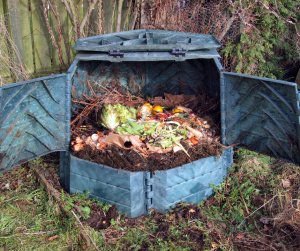




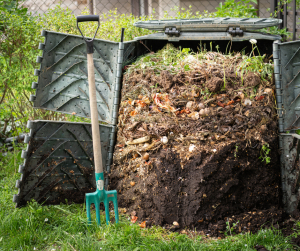

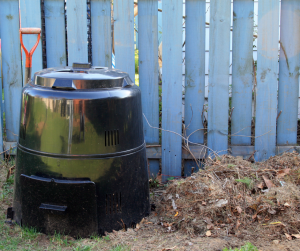

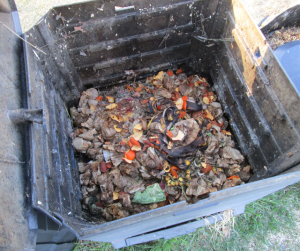

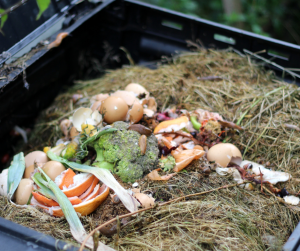

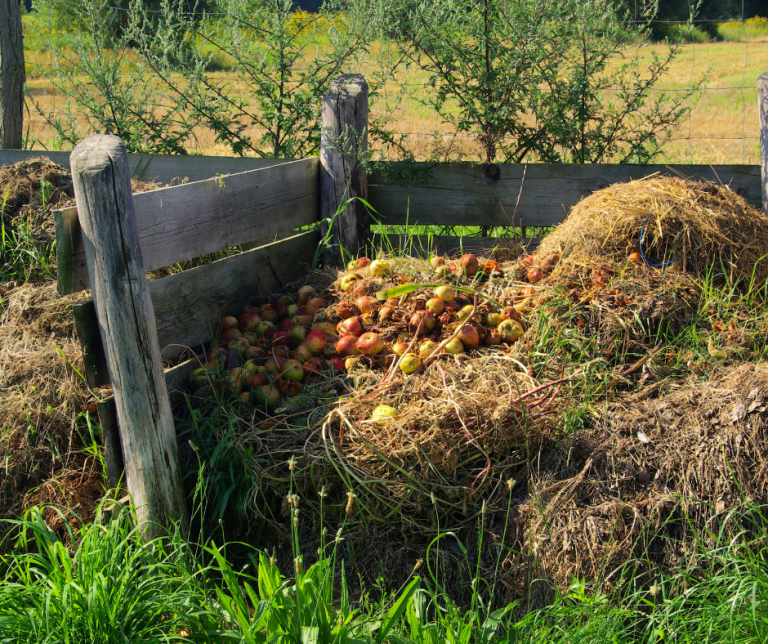
❄️ Cold Composting
Sometime called Slow Composting
This is the simplest method – just pile up food and garden waste over time. No need to worry about balancing ingredients.
It requires little effort but takes patience as it needs around 6-12 months to fully break down.
Effort: Low
Space: 1 m3
Speed: 6-12+ months
Materials: Fruit/Veg scraps & Garden Waste
Hot Composting vs Hot Composter
Hot Composting vs Hot Composter
🔥 Hot Composting
Hot composting is more hands on – careful balancing of ingredients, moisture balancing, and regular turning causes the pile to heat up to around 55-70°C, speeding decomposition to produce finished compost in as little as 1-3 months.
Effort: Medium-High
Space: 1 m3
Speed: 1-3 months
Materials:
Fruit/Veg scraps, Garden Waste, Paper & Cardboard.
🧪 Bokashi Composting
Using a sealed bucket with Bokashi bran to ferment food waste, including meat, dairy and cooked foods.
The liquid needs draining from the buckets 1-2 times a week.
After 1-2 weeks, the bucket will contain ‘pre-compost’ which can be added into another compost system or can be buried in garden soil space to finish breaking down.
Usually requires two small indoor buckets (15-20 litre): one for fermenting and one for filling.
Effort: Low-Medium
Space: 2 x Small buckets
Speed: 2-4 weeks
Materials: All food waste.
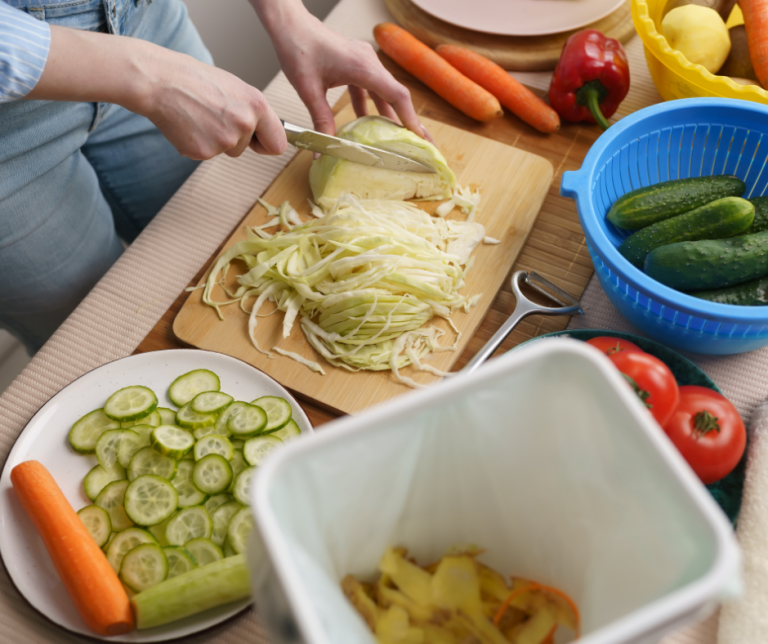
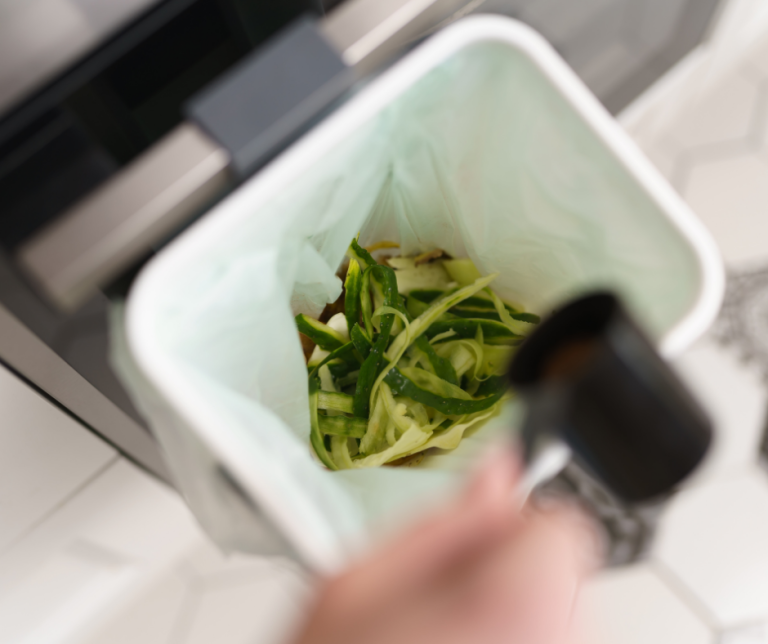
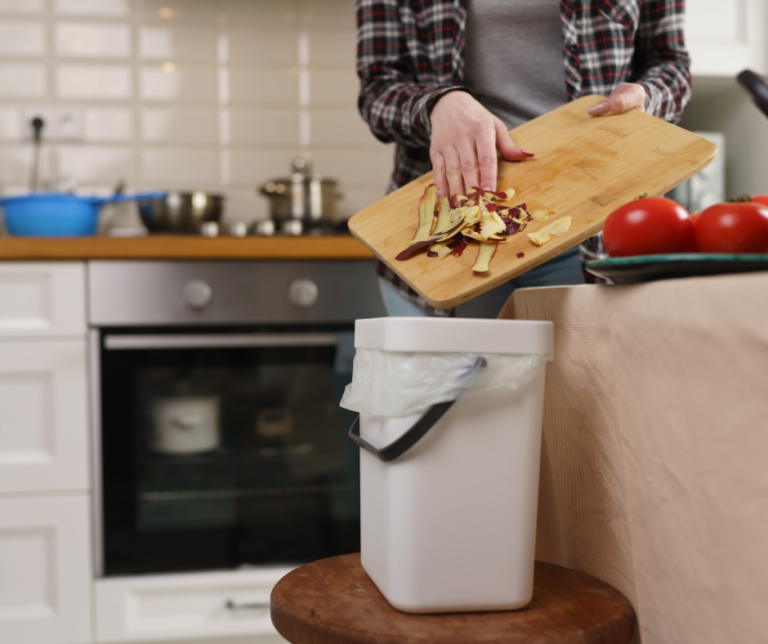
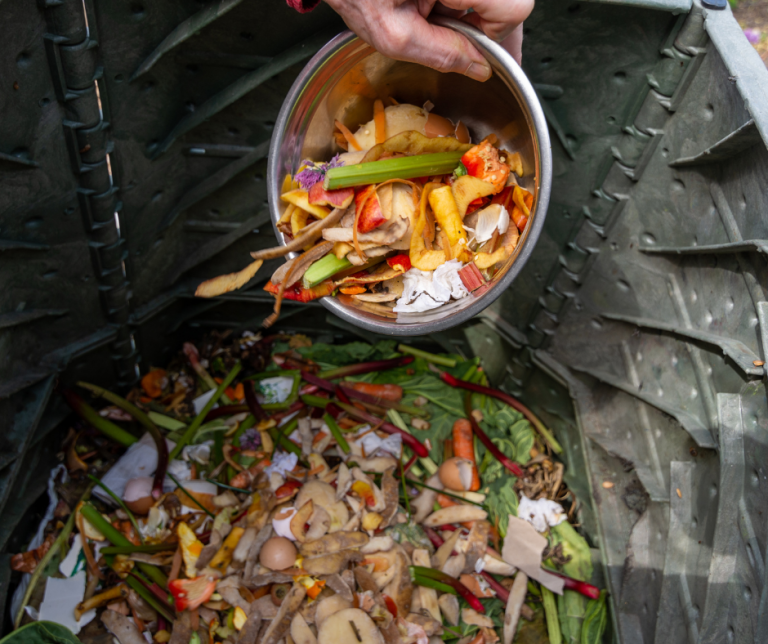
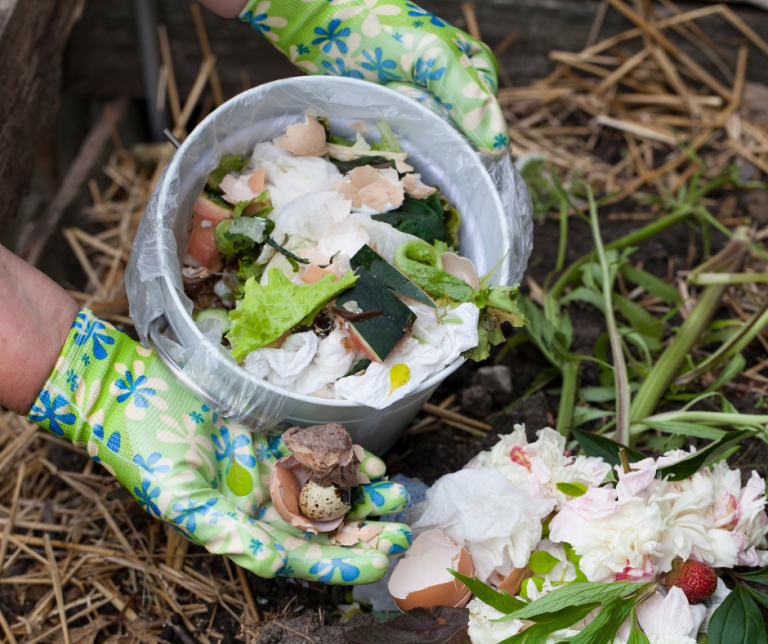
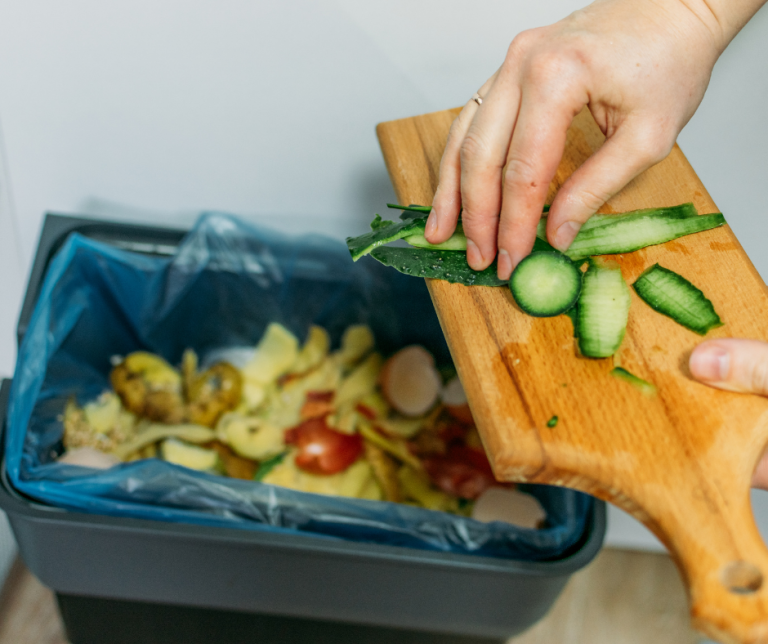
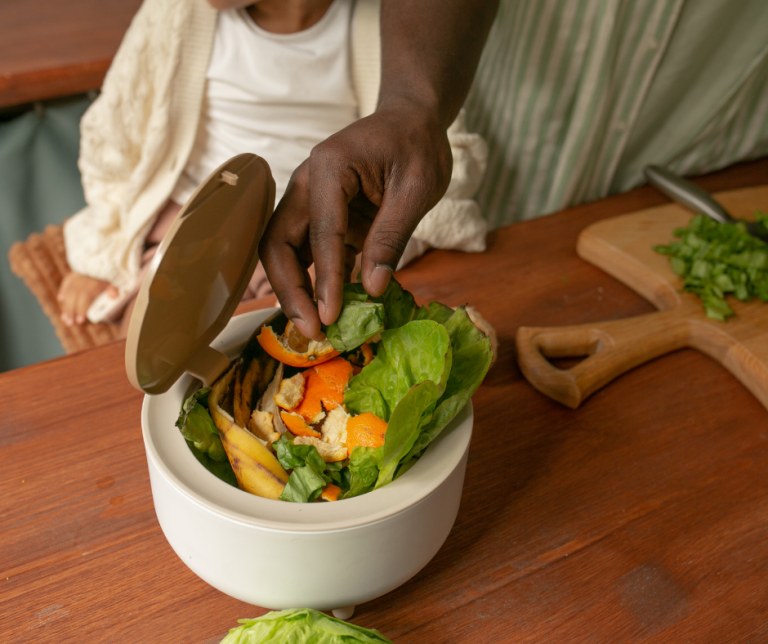
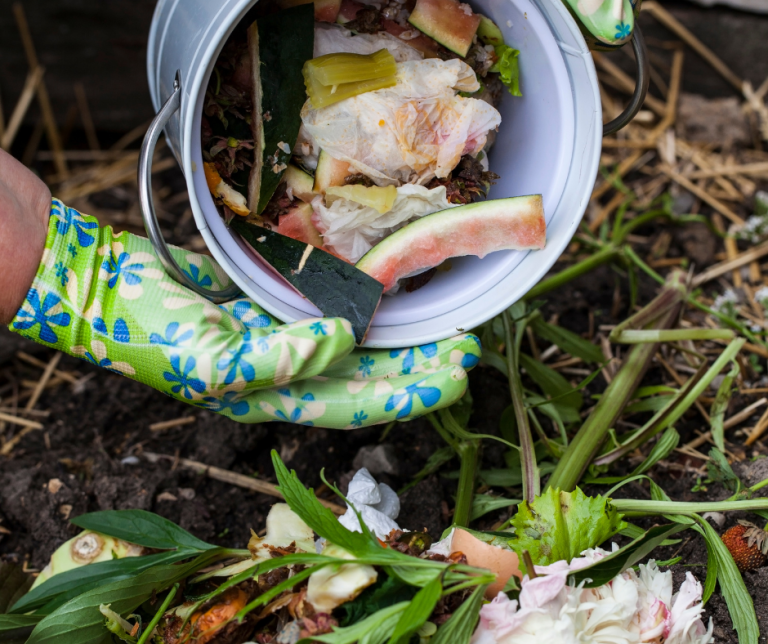
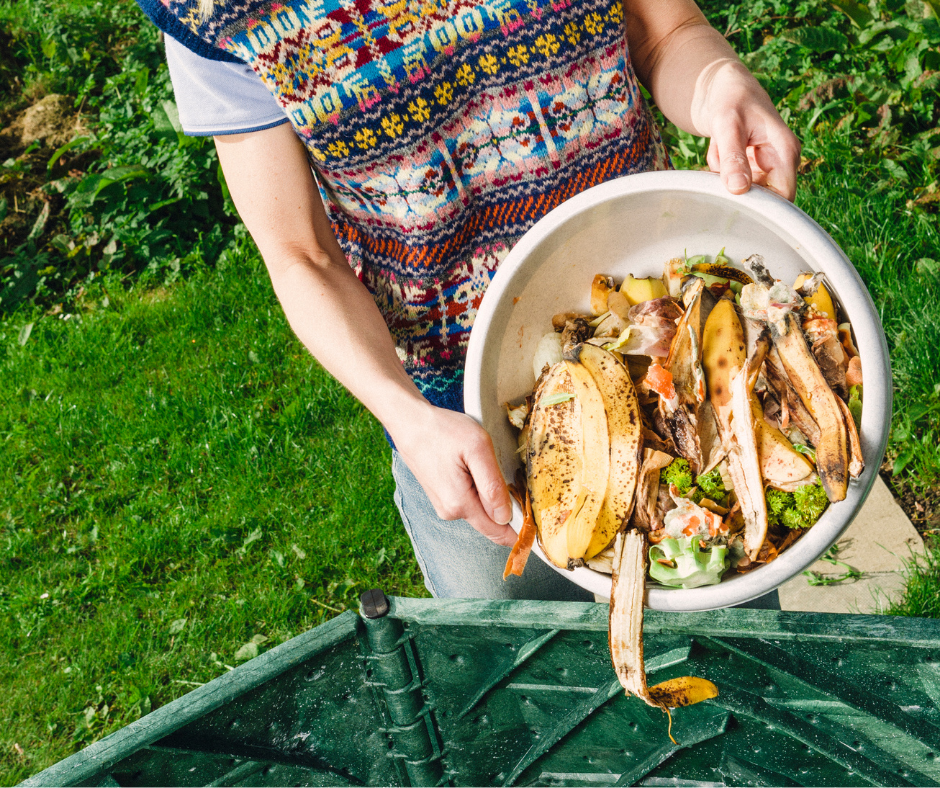
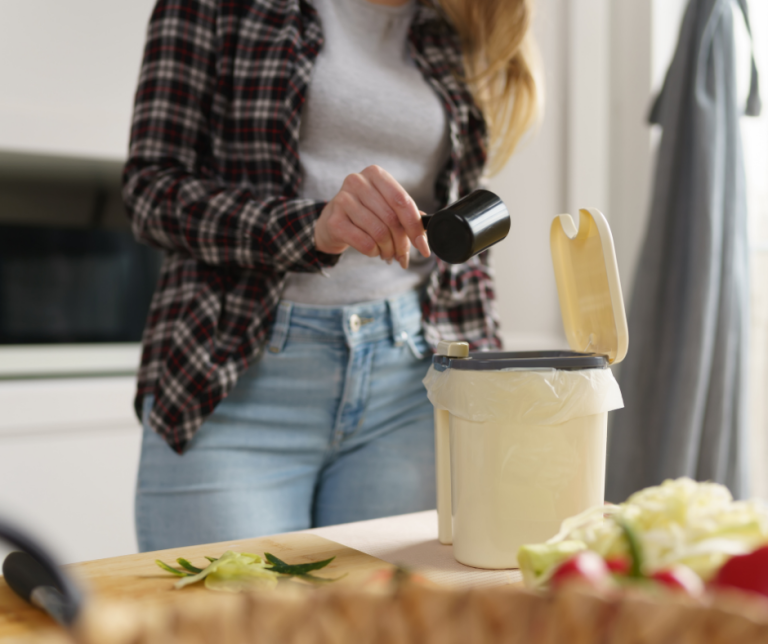
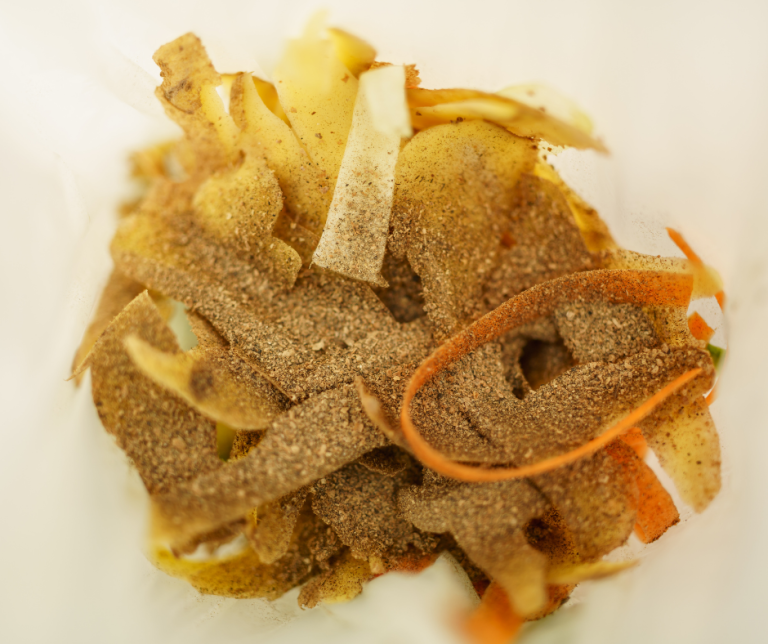
🧺 Interested in Bokashi composting?
Find out how this indoor-friendly system ferments food waste—including cooked scraps and meat—and transforms it into nutrient-rich pre-compost. Explore the full guide →
🪱Vermicomposting- Composting with Worms
A worm bin (usually indoors or in a sheltered space) where worms eat fruit, veg scraps and paper or cardboard, producing nutrient-rich “worm castings”.
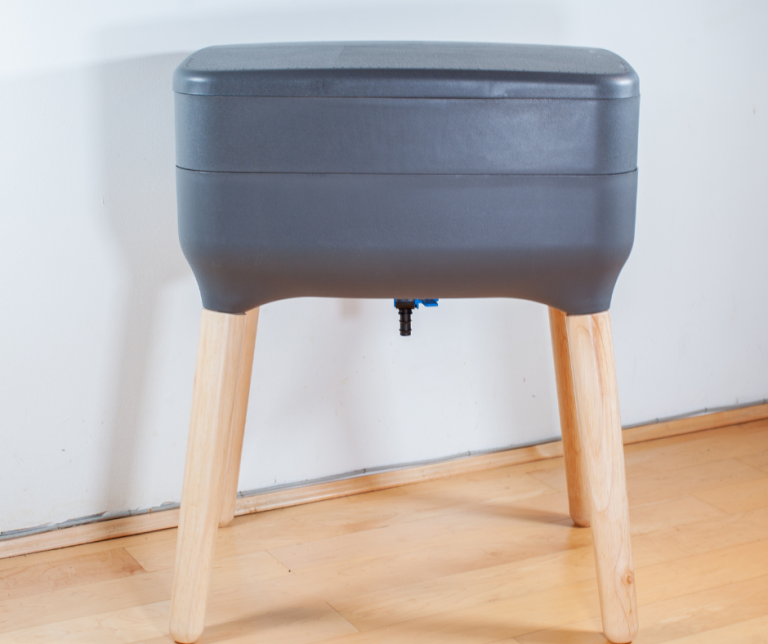
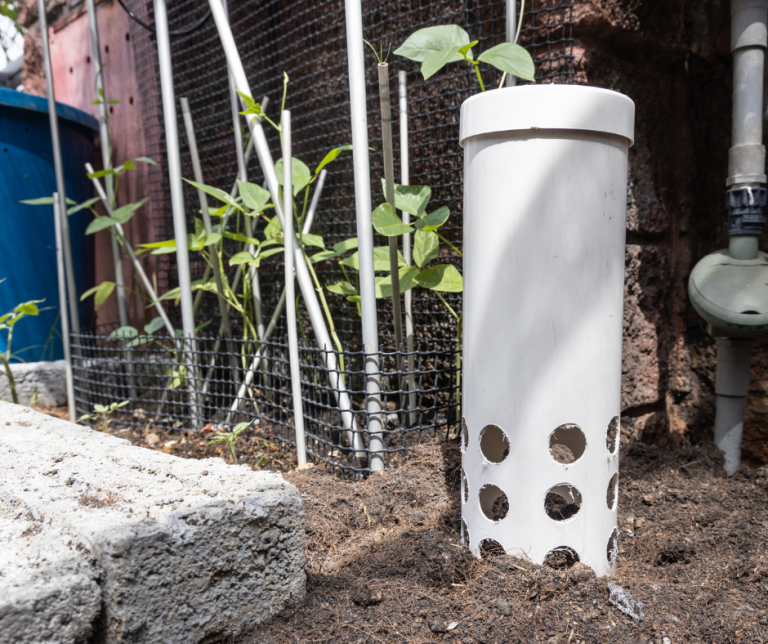
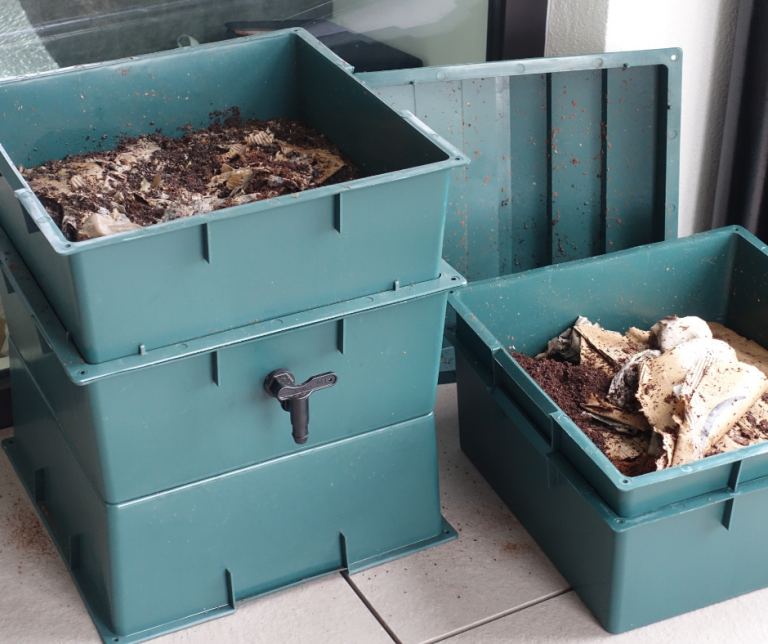
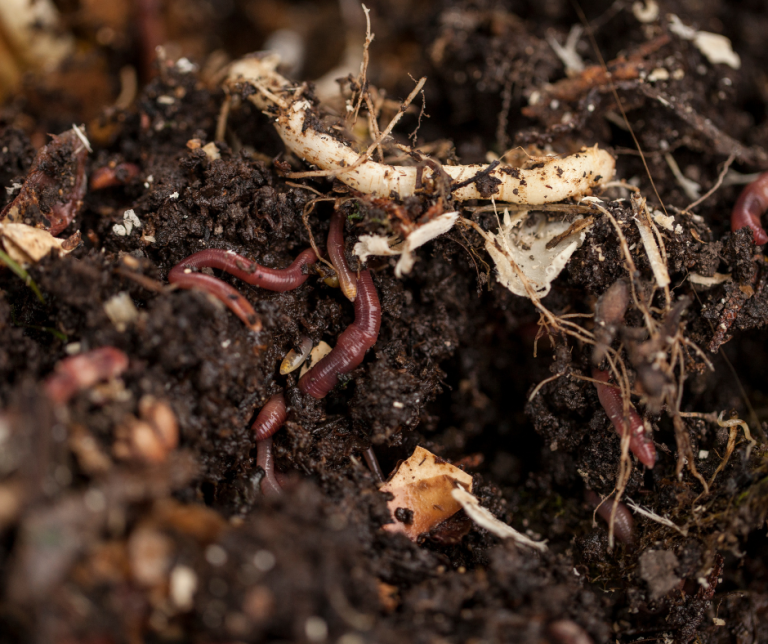
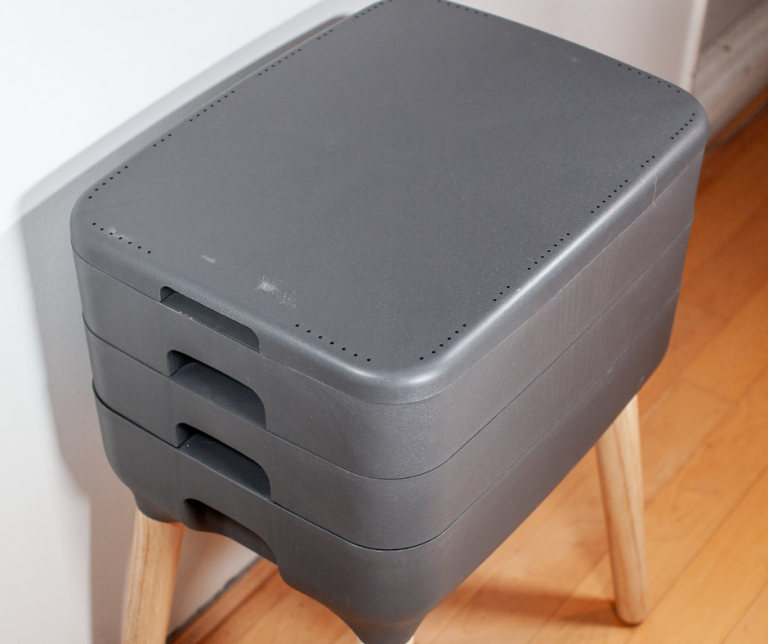
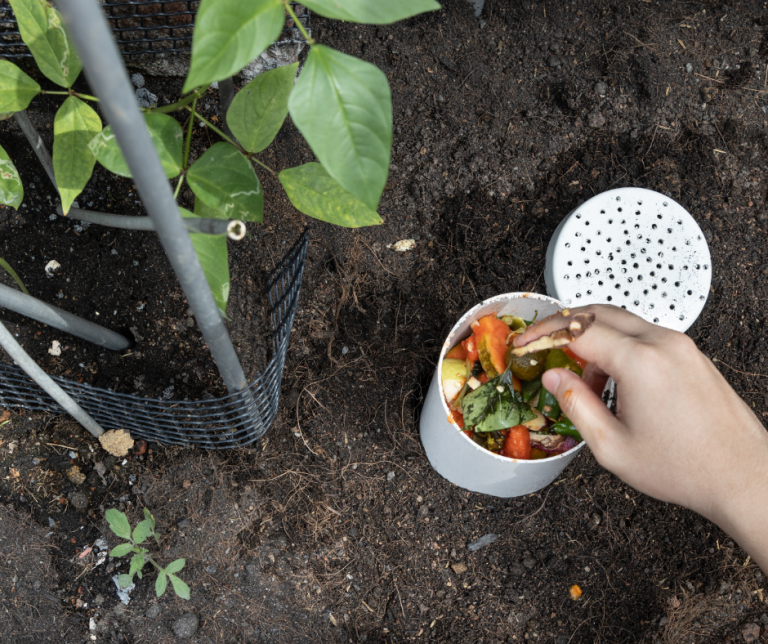
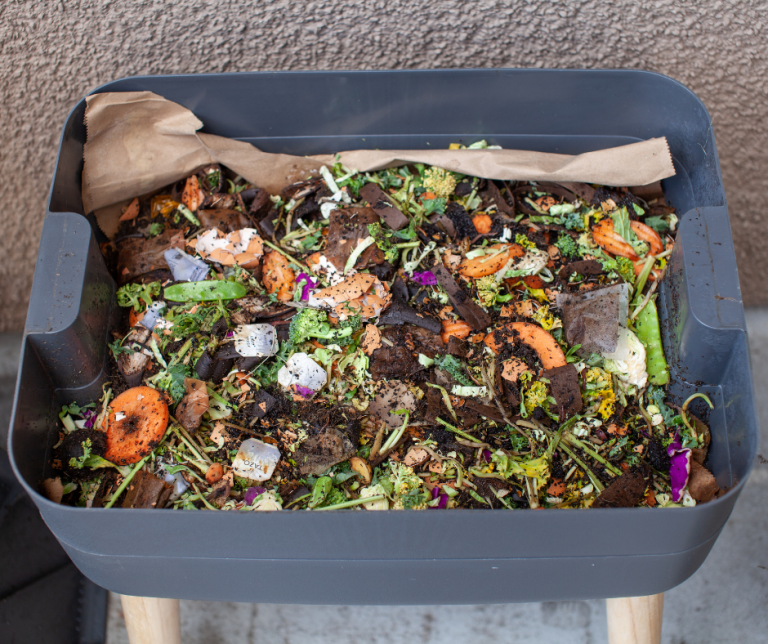
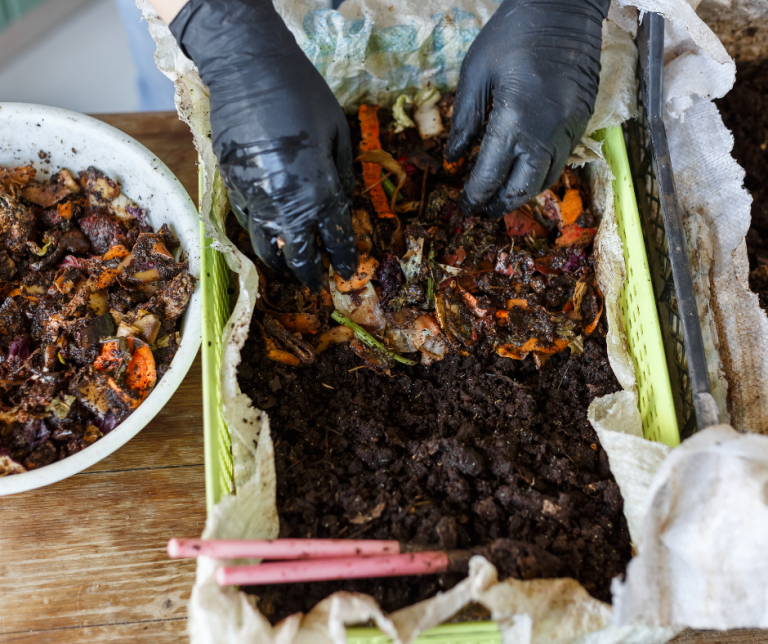
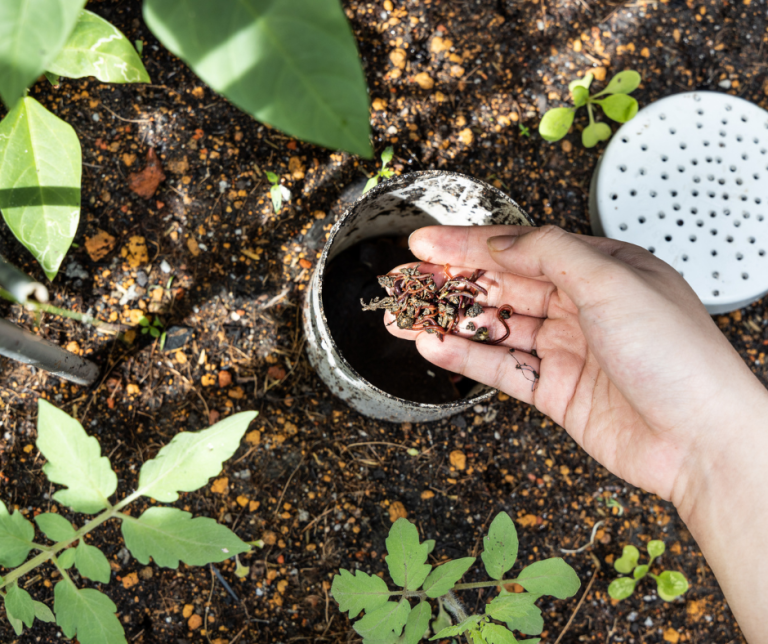
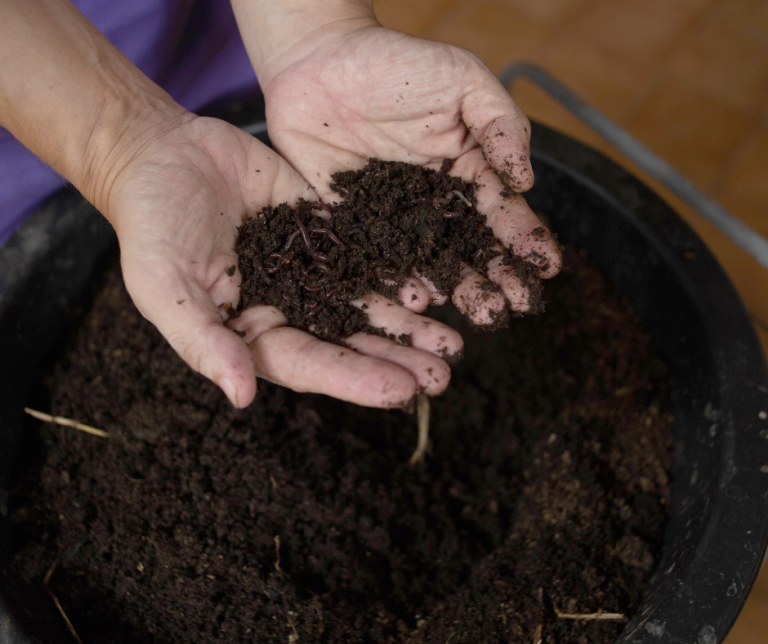
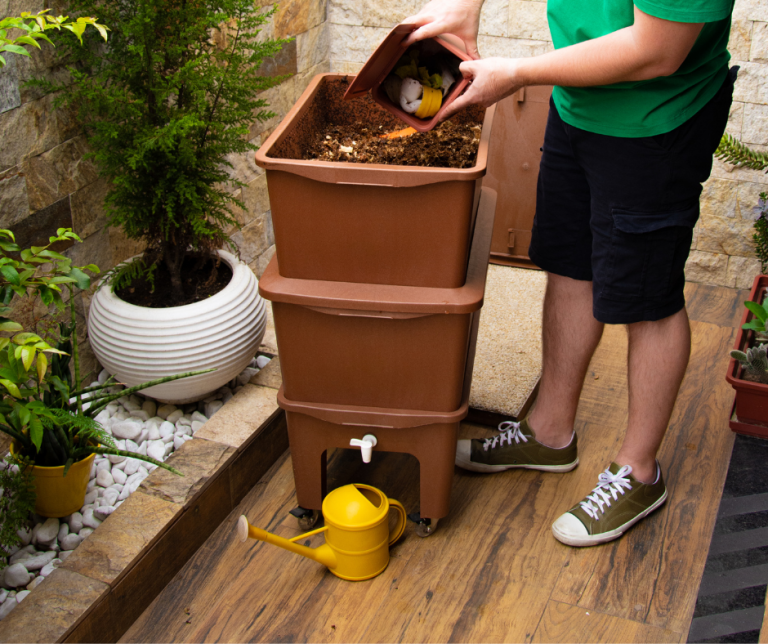
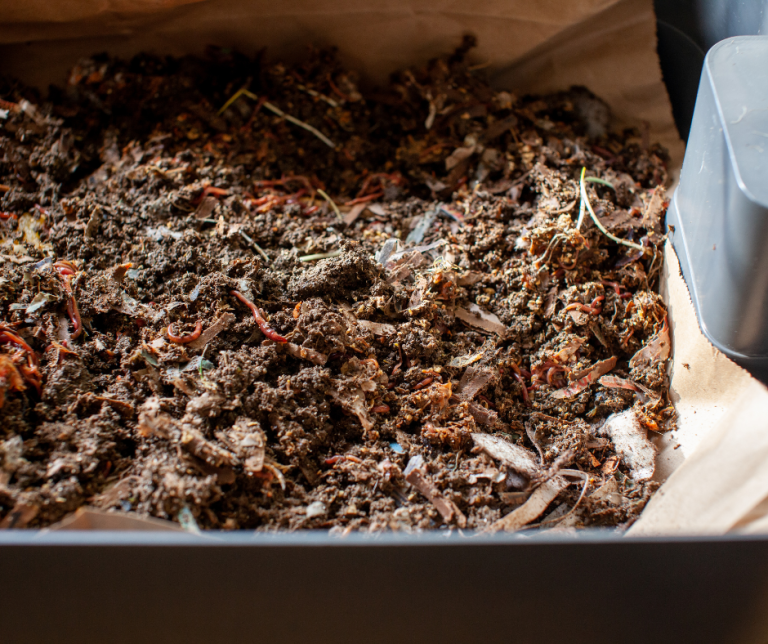
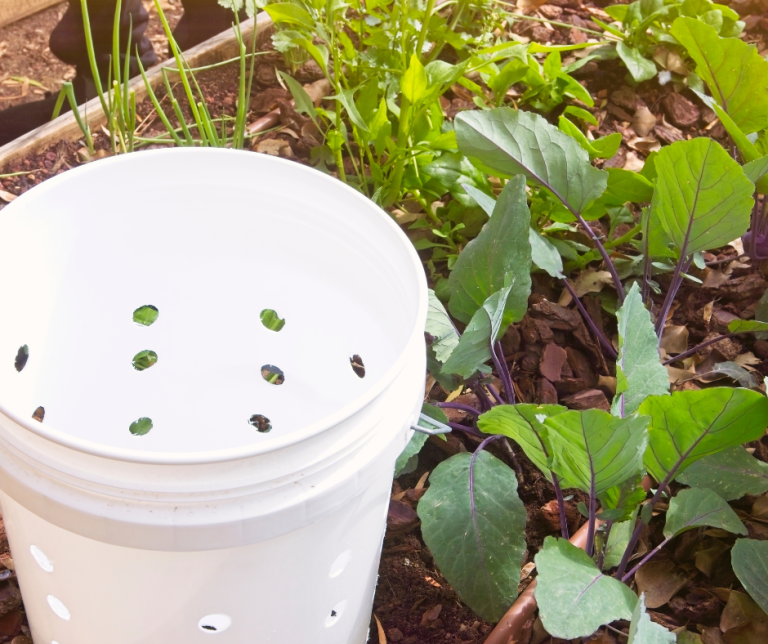
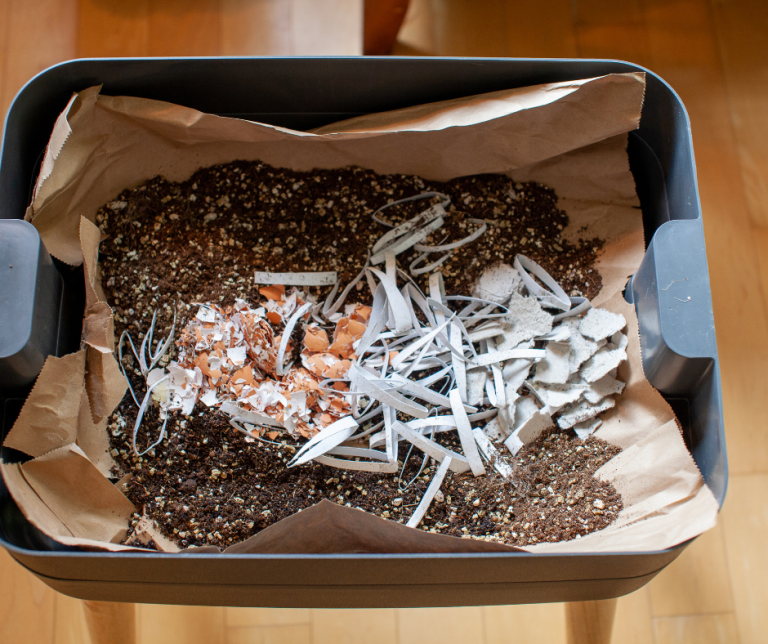
Requires regular feeding of the worms and occasional harvesting of the worm castings (compost), making it moderately hands-on.
Stackable vermicomposters are versatile and come in various designs and sizes- Ideal for all composting needs.
You can also get in-ground worm composters for the garden – ideal for beginners, those with small amounts of food waste, or if you want a hands-off approach to worm composting.
Effort: Medium
Space: 40-100L worm bin
Speed: 2-6 months
Materials: Fruit/Veg and Paper/Cardboard.
🪱 Curious about vermicomposting?
Learn how worm composting works, who it’s ideal for, and how to turn food scraps into nutrient-rich compost—right from your kitchen or garden. Explore our extensive guide →
Trench Composting
Food waste is buried directly into the soil or garden beds, usually 20-30 cm deep- Avoiding close proximity to plant roots.
This is a low-maintenance method but it requires garden space to dig into and be able to avoid burying too close to plant roots.
If you have the space to do this, all you need is a spade or trowel and to dig a small hole, add the waste and then fill it in again.
Effort: Low
Space: Garden Soil Space
Speed: 2-6 months
Materials: All food scraps
(Avoid oily food/large bones).
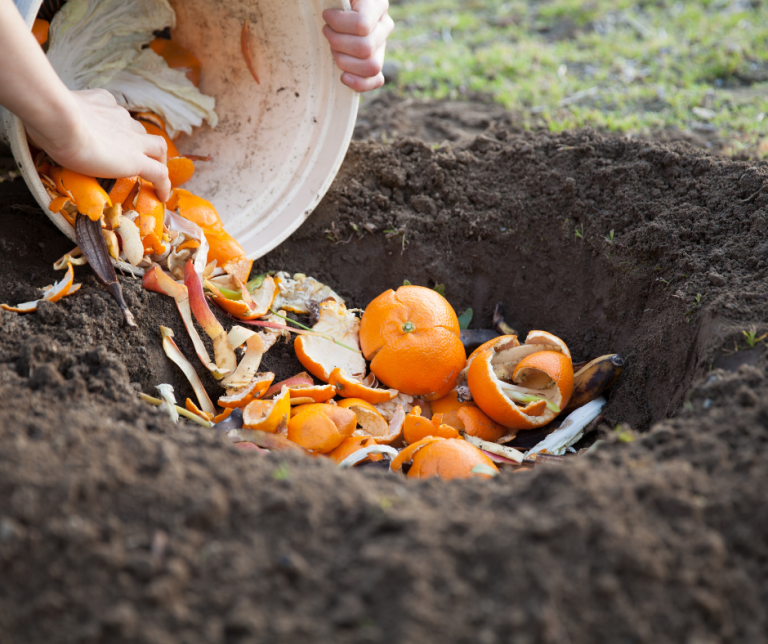
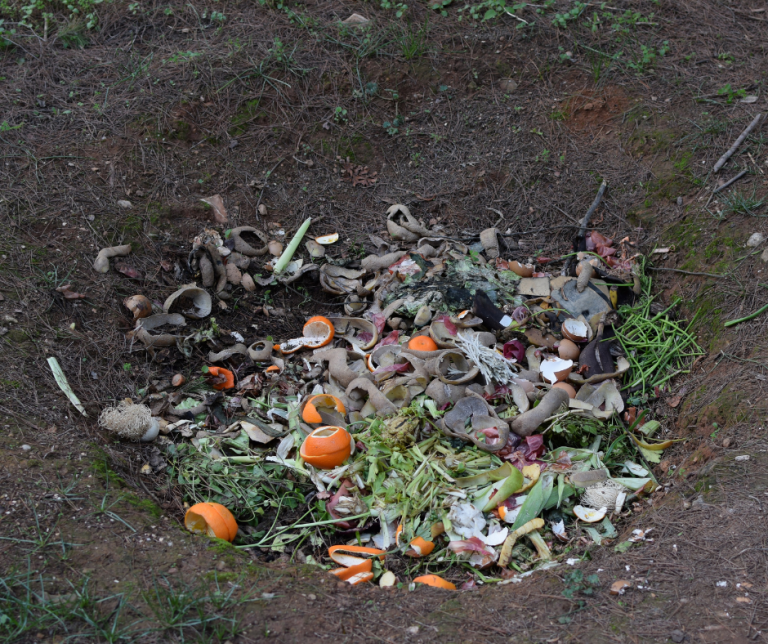
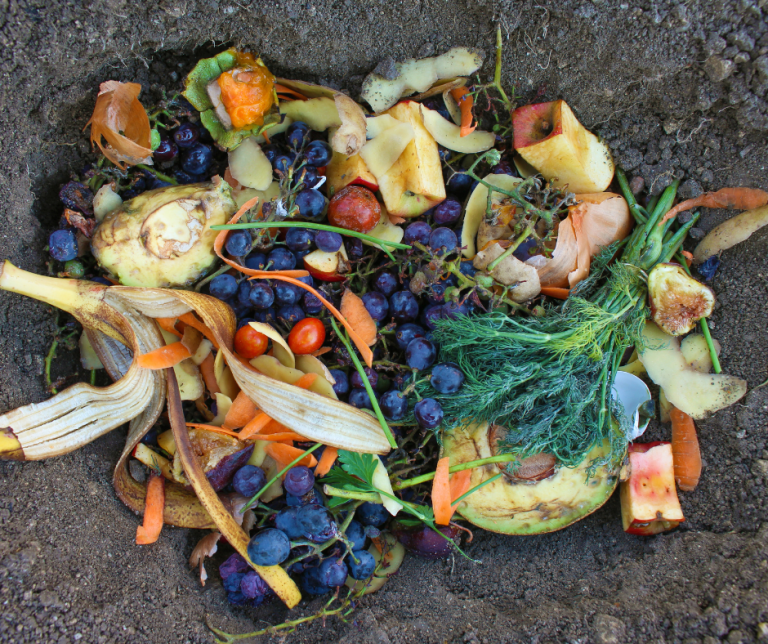
🔄 Tumbling Composter
A tumbling composter is a rotating bin with a handle to make turning the composter easier which breaks it down faster.
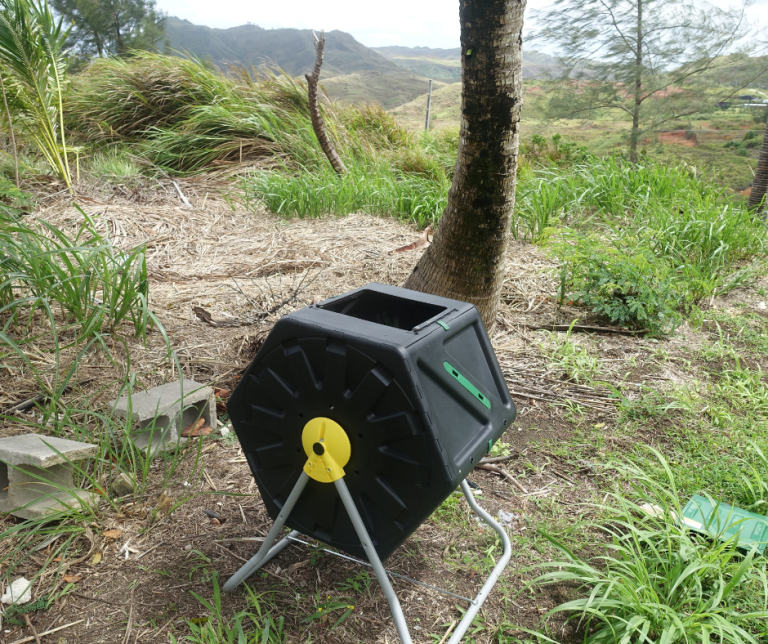
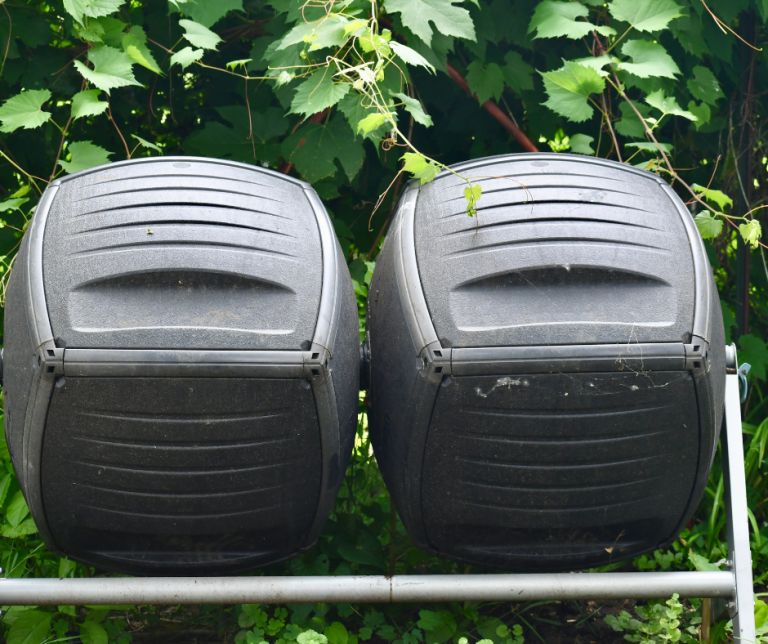
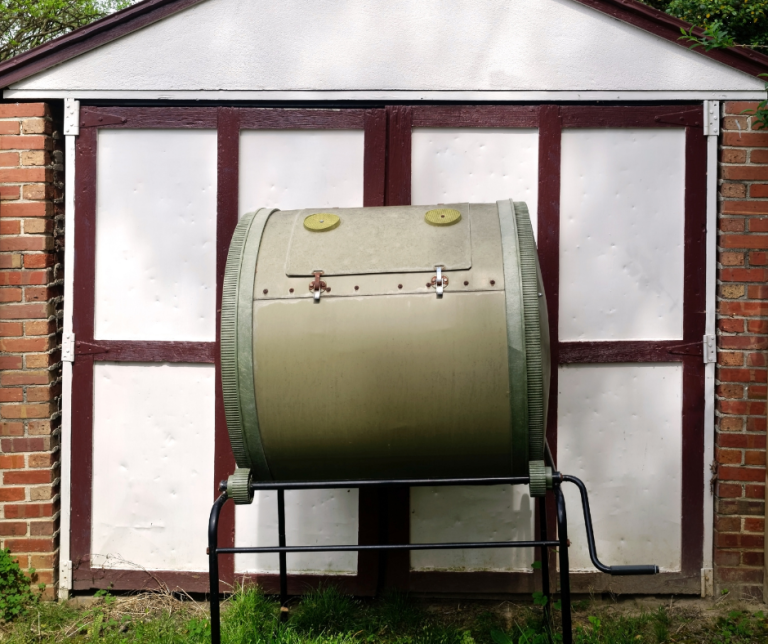
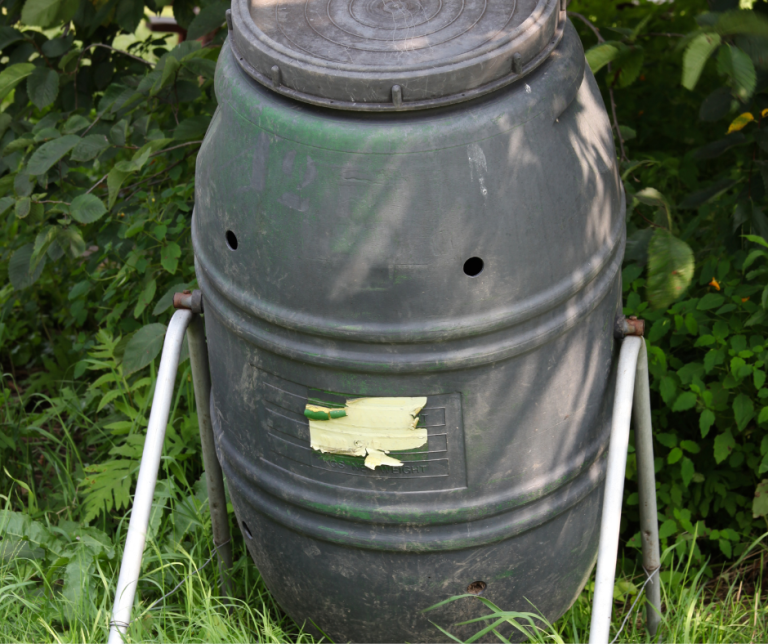
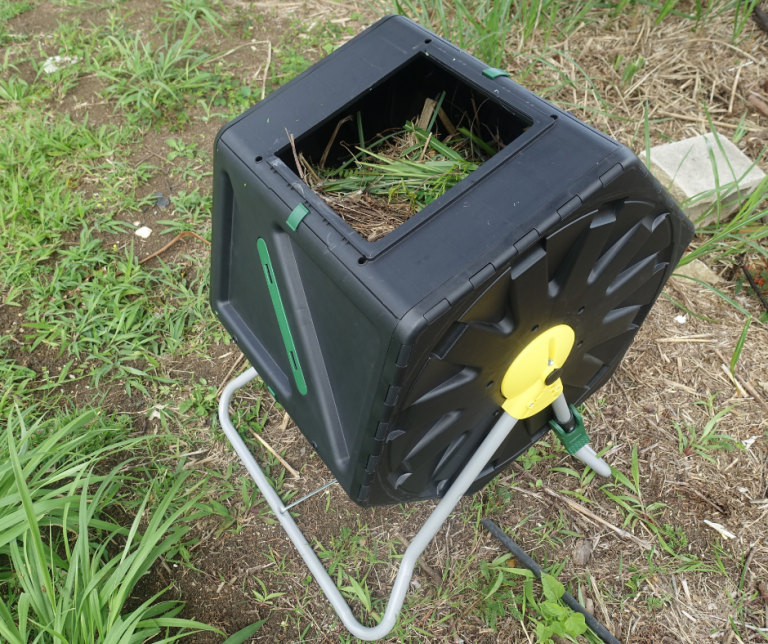
Tumbling composters are raised off the floor which allows some cooked foods to be composted.
They can produce compost in around 4-8 weeks.
The space required is typically 1-2 m2, which includes enough to access and turn the drum comfortably. Although some suppliers offer dual chamber options which are larger.
Moderately hands-on as it requires regular tumbling and balancing the ingredients.

